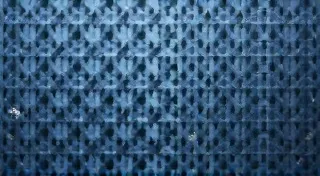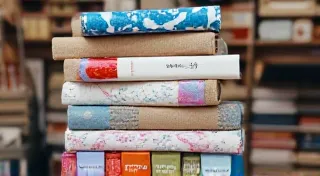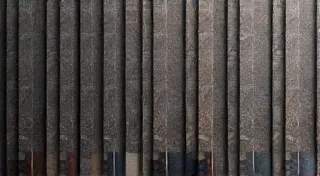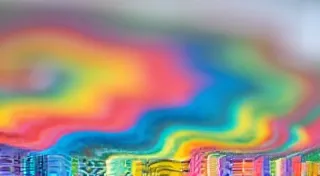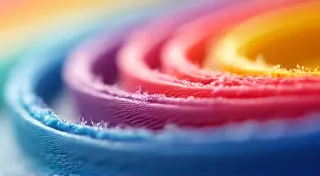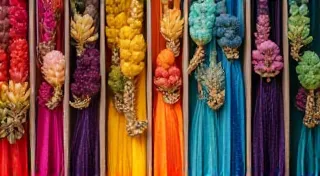Choosing the Right Paper for Paper Marbling: A Comprehensive Guide
Paper marbling is a captivating art form that blends color, pattern, and texture to create unique and beautiful sheets. While the process of floating pigments on a thickened bath and transferring them to paper is fascinating, the choice of paper plays a surprisingly crucial role in the final result. Not all paper is created equal, and understanding the properties that make a paper suitable for marbling can significantly impact your success and the beauty of your creations.
Why Paper Choice Matters in Paper Marbling
The way a paper absorbs and interacts with the marbling colors directly affects the final pattern. Factors like absorbency, thickness, and surface texture all contribute to how the pigments spread, blend, and ultimately adhere to the paper. Using the wrong type of paper can lead to issues like excessive bleeding, uneven color distribution, or even the colors simply washing off. Conversely, choosing the right paper unlocks the full potential of the marbling process, allowing for vibrant colors, intricate patterns, and a professional-looking finish.
Key Paper Properties to Consider
Let's delve into the essential properties you need to consider when selecting paper for paper marbling:
1. Absorbency: The Most Critical Factor
Absorbency is arguably the most important characteristic. Paper designed for marbling needs to be highly absorbent – more so than standard printing or writing paper. This allows the pigments to rapidly draw into the paper fibers, preventing excessive spreading and ensuring a good bond.
- Low Absorbency: Results in colors that bleed excessively, creating a muddy or indistinct pattern. The colors may also lack vibrancy.
- Medium Absorbency: Might work with careful control of pigments and additives, but the results are less predictable and may still suffer from some bleeding.
- High Absorbency: This is the sweet spot for paper marbling. The pigments are quickly absorbed, allowing for more defined patterns and a stronger adherence.
Look for papers specifically marketed as "absorbent," "watercolor paper," or "printmaking paper." These often have a higher degree of absorbency.

2. Thickness (GSM - Grams per Square Meter)
Thickness, measured in GSM, dictates the paper's weight and its ability to withstand the wet marbling process. Thicker papers are generally preferred for a few key reasons:
- Durability: Thick paper is less prone to warping or buckling when wet.
- Strength: It can handle the transfer process better, reducing the risk of tearing or damage.
- Dimensional Stability: It’s less likely to change size or shape significantly when exposed to water.
For beginners, a GSM of 140gsm or higher is recommended. Experienced marblers might experiment with even thicker papers (200gsm or higher) for unique effects and textures.
3. Surface Texture
The paper's surface texture also plays a role in how the pigments behave.
- Smooth Paper: Creates a more uniform and often more intricate pattern. It can also be more challenging for beginners as the pigments spread more easily.
- Textured Paper (e.g., Cold Press, Rough): Provides a more rustic and organic look. The texture can influence the way the pigments flow and blend, creating interesting variations in the pattern.
Experiment with different textures to discover the effects you prefer. "Cold press" paper, which has a slightly bumpy surface, is a good starting point.
4. Paper Composition: Wood Pulp vs. Cotton
The type of fiber used to make the paper also impacts its characteristics.
- Wood Pulp Paper: Generally less expensive, but can be more prone to yellowing over time. It's often suitable for practice and less valuable projects.
- Cotton Paper: Made from cotton fibers, cotton paper is known for its superior strength, archival quality, and beautiful surface. It is more expensive, but the results are often worth the investment, especially for artwork intended to last.
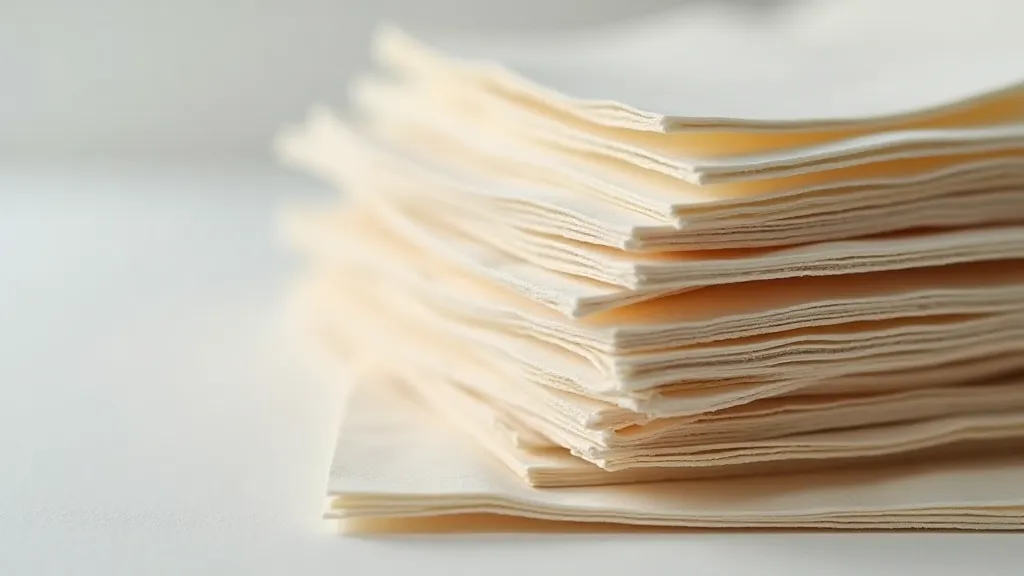
Popular Paper Choices for Paper Marbling
Here's a breakdown of popular paper choices, categorized by their suitability:
- Excellent Choices (Cotton-Based):
- Arches Watercolor Paper
- Fabriano Artistico Watercolor Paper
- Hahnemühle Cézanne Watercolor Paper
- Good Choices (Wood Pulp/Mixed):
- Canson XL Watercolor Paper
- Strathmore 400 Series Watercolor Paper
- For Practice & Experimentation: Any highly absorbent paper will do for initial tests and exploring different techniques.
Tips for Choosing & Handling Paper
- Always test a small piece of paper before committing to a large project. This allows you to see how it interacts with your specific colors and marbling size.
- Store your paper properly to prevent warping or moisture damage.
- Pre-wetting the paper can sometimes help to reduce warping, but it’s not always necessary, particularly with thicker, high-quality papers.
- Consider the scale of your project – larger sheets will require more robust and warp-resistant paper.

Conclusion
Selecting the right paper is a crucial step in the paper marbling process. By understanding the key properties – absorbency, thickness, surface texture, and composition – you can elevate your creations and achieve stunning results. Don’t be afraid to experiment with different papers to find your favorites and unlock the full potential of this captivating art form!
